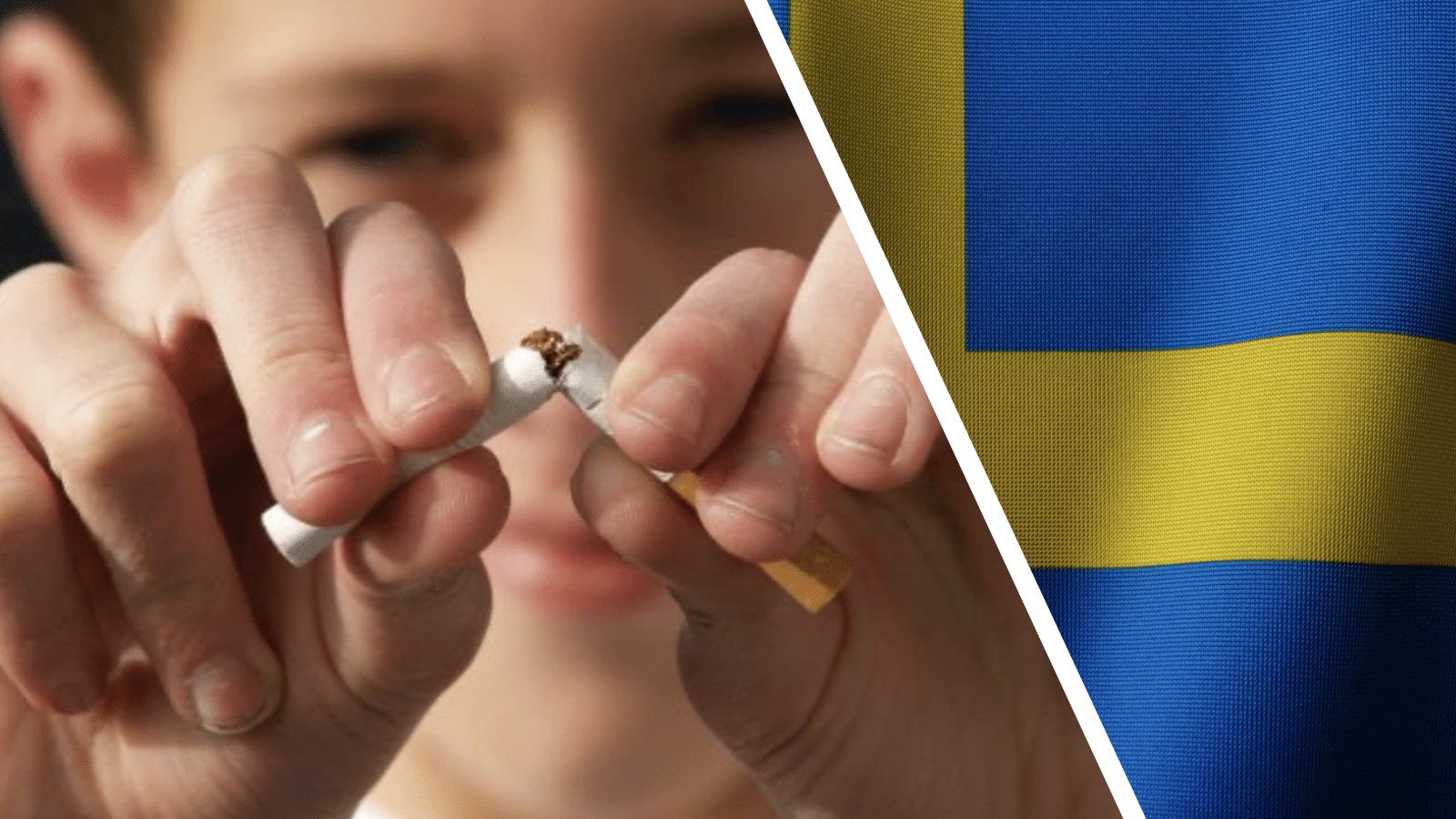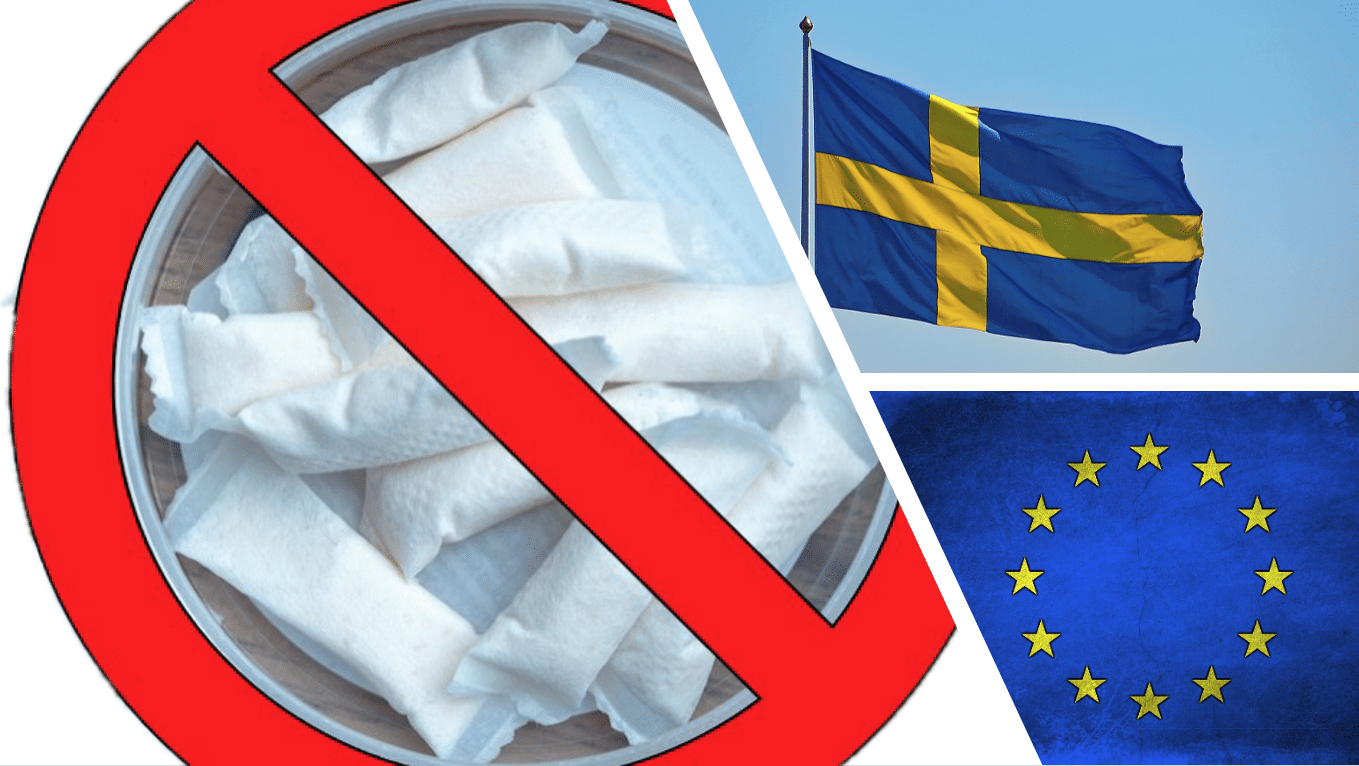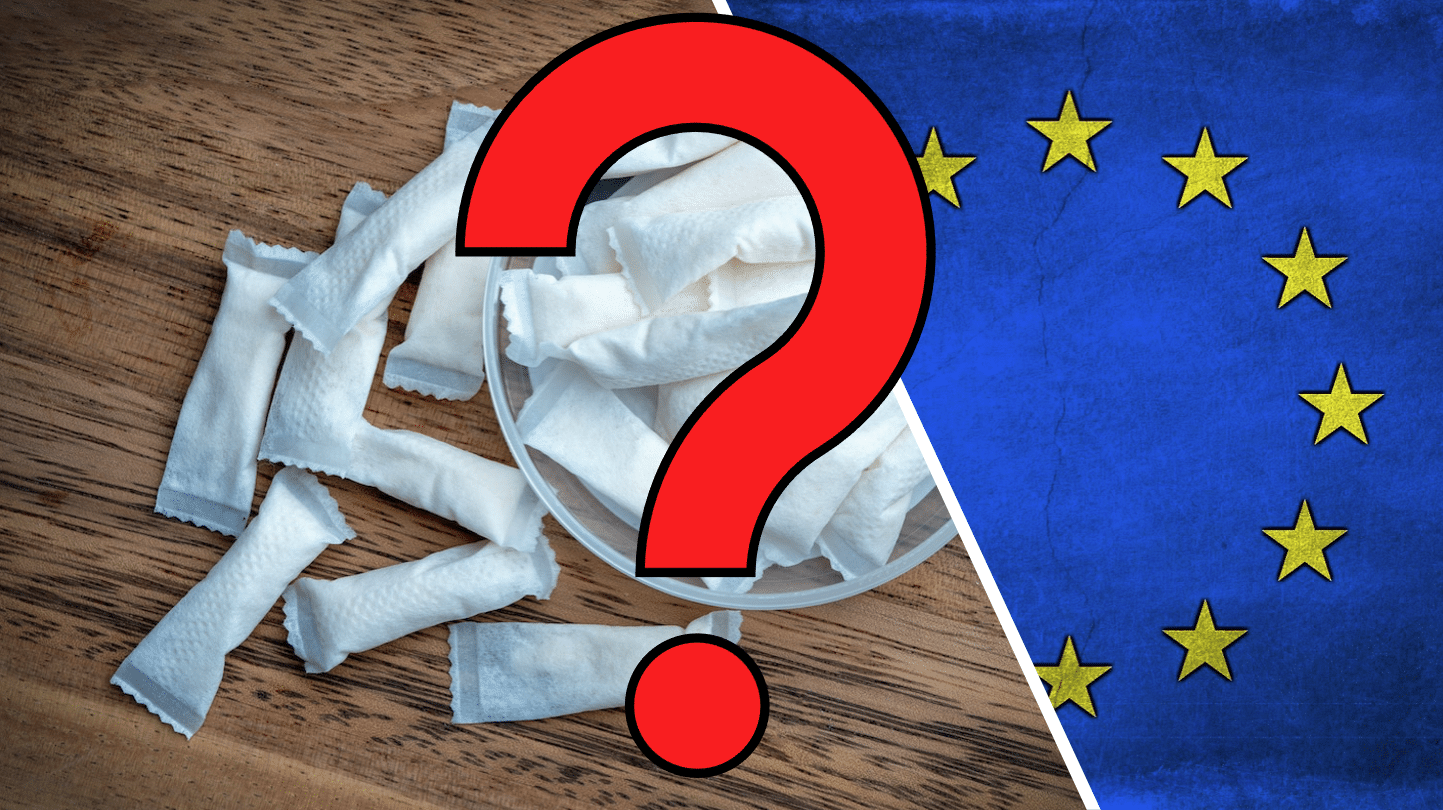
Danish flavour ban fail: nicotine restrictions backfire
A Danish flavour ban and other restrictions haven’t prevented the share of young Danes who vape from almost doubling over the past two years. A new report reveals that banned vaping flavours remain the most popular.
“This is a clear demonstration that restrictions and bans rarely work as intended — and can even have the opposite effect,” says Patrik Strömer, Secretary-General of the Association of Swedish Snus Manufacturers.
A new report on Danes’ smoking habits from the Danish Health Authority (Sundhedsstyrelsen) reveals that smoking decreased by two percentage points between 2022 and 2024, a reduction equal to the increase in vaping from 4 percent to 6 percent. While overall nicotine use remains stable, Danes are choosing less harmful alternatives over deadly cigarettes when such options are available.
The study is based on responses from more than 10,600 Danes aged 15 to 79. It also shows that vape use among young adults (15–29 years) increased from 7 percent in 2022 to 12 percent in 2024.
Banned flavours most popular
Denmark adopted a flavour ban in 2022 as a measure to reduce vaping among minors. The ban outlawed all vaping flavours except for menthol or artificial tobacco. Despite the ban, banned flavours still dominate the market according to the report.

“The survey shows that there’s a major illegal market for vapes with illegal flavours and that minors and youth consume these in very high numbers,” says Inger Schroll-Fleischer, Secretary-General of the Danish industry organization Nikotinbranchen.
Fruit flavours are used by 63 percent of vapers, while candy and soda flavours account for 23 percent. Only 32 percent report using legal menthol flavours, and 18 percent use artificial tobacco flavour.
The report should be a “warning” that over-regulation has resulted in a “substantial” illegal market, adds Schroll-Fleischer, calling Denmark’s illegal vape market “out of control” following the latest restrictions.
Danish flavour ban a ‘disaster’
Jeanett Andersen, a spokesperson with Danish vape retailer Geijser also expressed concern over the effects of Denmark’s restrictions on safer nicotine alternatives.
“The report clearly shows that the Danish flavour ban is not working and that the legislation is a disaster,” she told Swedish nicotine news outlet VejpKollen.
“If the government thinks it can solve the problem of youth consumption, it needs to think a few steps ahead. It’s worrying and almost ridiculous that they are now going to introduce similar bans on nicotine pouches.”
An illegal market does not take age limits, excises, product control, or safety into consideration
Inger Schroll-Fleischer also believes vaping should sound alarm bells about future regulations under consideration that would also cover nicotine pouches. She warns that overregulation will lead to a large illegal market there as well.
“It is clear to the industry that over-regulation has caused this massive illegal market for vapes,” she tells Snusforumet.
“An illegal market does not take age limits, excises, product control, or safety into consideration and will sell to anyone, including very young minors.”
Denmark wants even tighter rules
According to the report, 52 percent of daily vapers use e-cigarettes to “smoke less tobacco”, making it the most common reason for vaping. Meanwhile, 57 percent of occasional vapers said they vape because they like the taste.
Strömer believes the results undermine the anti-tobacco lobby’s arguments for tougher restrictions like flavour bans.
Danish policymakers have clearly made the wrong decision.
“Danish policymakers have clearly made the wrong decision, and they need to realize it before tightening restrictions further. It’s worrying that, even with the current results, they want to clamp down on even more nicotine products,” he tells Snusforumet.
In 2025, Denmark’s vaping regulations are set to get even stricter. Vaping will be banned in smoke-free zones, and labels will no longer be able to mention flavours.
Sweden a ‘brilliant’ example of harm reduction
Schroll-Fleischer says that Danish regulations have completely missed the point of harm reduction.
“Regulations on cigarettes and smoke-free nicotine are the same in terms of high excise taxes, plain packaging, flavour bans, and so on,” she says.
Looking at how Swedish regulations have evolved, she wishes Denmark could take inspiration from their Nordic neighbour.
“Sweden is a brilliant case on how acceptance of harm reduction can lead to less smoking and all of the societal benefits to be gained from having a smoke-free nation,” says Schroll-Fleischer.




